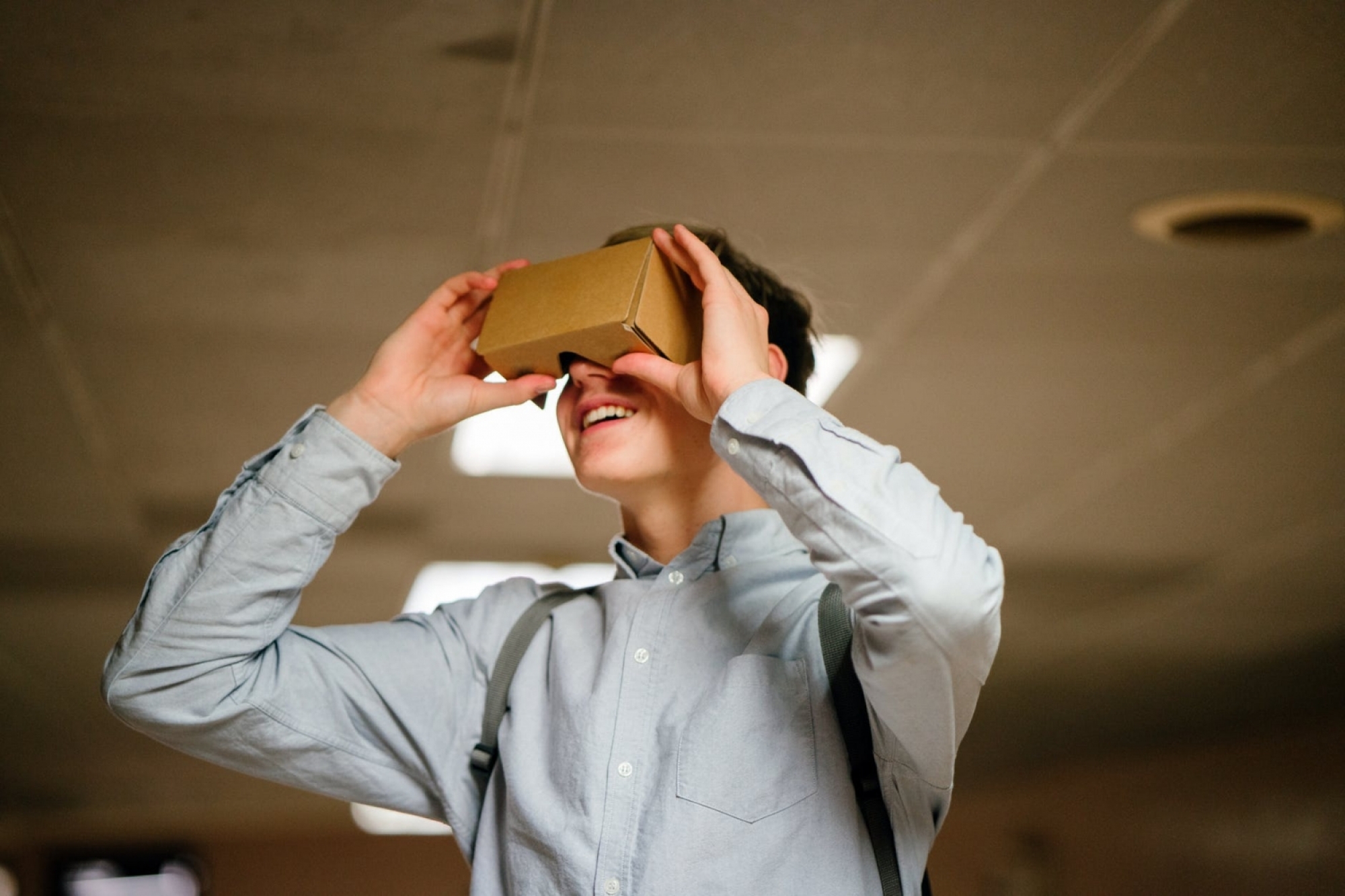Augmented reality (AR) is becoming increasingly integrated into our daily lives. From crazes, such as ‘Pokémon Go’ taking the app world by storm, to popular retail stores such as Zara releasing an initiative earlier this year that enabled shoppers to absorb themselves in an AR experience in-store, AR is being progressively adopted by consumers. It adds an extra layer of digital content to our view of the real world and offers an exciting and immersive consumer experience.
Although AR has been around for some time, it is now much more accessible as it can be experienced through mobile devices, without the need for costly specialist equipment. In an era of smartphones, it’s no surprise that many CPG companies are also seeing value in using AR in their packaging to stand out from the competition. AR offers brands the potential to revolutionise packaging and create an interactive and fun user experience. We all use digital devices and technology on a daily basis, but we also live in a physical world, so AR is an ideal way for brands to create a link between the virtual and the real.
Incorporating AR into packaging has a number of benefits for a brand:
- Drive interest: AR is a great way to catch consumers’ attention and spur curiosity in a product and a brand. Not only does this make consumers more likely to try other products from the brand, but it creates a buzz. If the product/brand is exciting and stands out from competitors, consumers are likely to share their experiences on social media, which acts as an increased stream of advocacy for the brand.
- Object visualisation: AR presents a unique opportunity to visualise a product without it being physically present, turning the packaging into an interactive experience. For example, brands such as L’Oreal have used AR to enable consumers to virtually try on products via the Facebook camera. This suggests a possibility for beauty brands to also integrate a similar AR experience in to packaging. For example, why not have an app that offers the same ‘try before you buy’ experience, which is exclusively activated by product packaging?
- Increase engagement from a specific audience: The most effective AR campaigns target a specific audience, and can successfully increase engagement by understanding the audience and what most appeals to them. Children’s cereal packaging, for instance, can incorporate AR that activates educational and interactive games that can be played on the user’s smart device, as Kellogg’s did earlier this year.
- Integrated content: AR enables a brand to drive deeper conversations with its intended target audience, both in-store and in the home. By providing additional content through the packaging, brands can add new content regularly to keep consumers engaged for longer and link to relevant content on the brand’s other platforms.
- Meet sustainability demands: Brands and designers are under increasing pressure both to remain sustainable by minimising the amount of packaging used and to be as informative as possible. Because AR is a great way of sending more information directly to the user’s device, it presents an ideal solution to this challenge.
- Repeat purchase: If brands have successfully kept consumers engaged through the use of AR, then it could be worth offering a repeat purchase option. This would provide customers with the ability to easily re-order and provide brands with additional regular customers.
One example of a brand using AR successfully is Cadbury, who worked with Blippar to create a campaign for its Heroes advent calendar, which incorporated AR to target its chosen demographic of teenagers. Activated directly from the packaging, users were able to scan the calendar via the Blippar app to unlock unique selfie-filters each day. Demonstrating a good understanding of its target audience, the campaign generated 200,000 interactions, and over one thousand photos and videos were taken and shared on social media. The calendar debuted in December 2017 as the fourth best-selling advent calendar in the UK.
Simply put, AR is an effective tool that, when used correctly, offers customers a unique experience that can deepen brand engagement. AR technology is advancing with apps such as Blippar now incorporating direct iPhone and Android image-recognition, which eliminates the need for a QR code. In the future, we may expect to see devices being able to be used directly with product packaging, removing the need for an app altogether.
And of course, it’s not just within packaging that we can expect to see AR evolve. With technology specialists predicting that we will see significant AR developments across a number of industries, quirky selfie-filters and interactive games are just the preamble to what we can anticipate from AR in years to come. Oxsight, for instance, is testing augmented reality glasses to help the visually impaired to recognise objects in their environment, while Google has already launched an AR ‘expeditions’ app for schools that enables children to virtually travel to Mars. Add it all up and it’s clear that AR is set to ‘augment our reality’ to an ever great extent more in the years to come.
